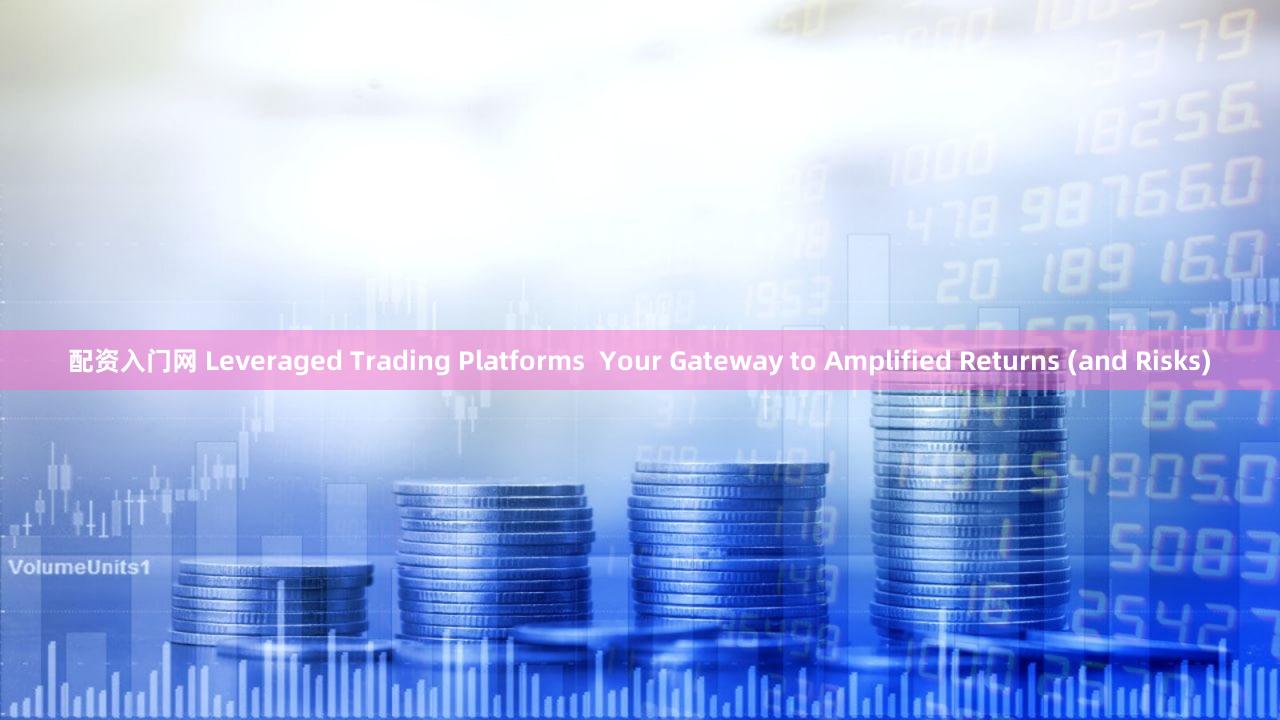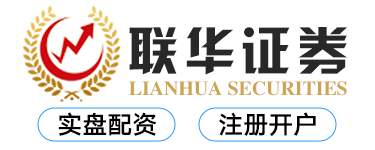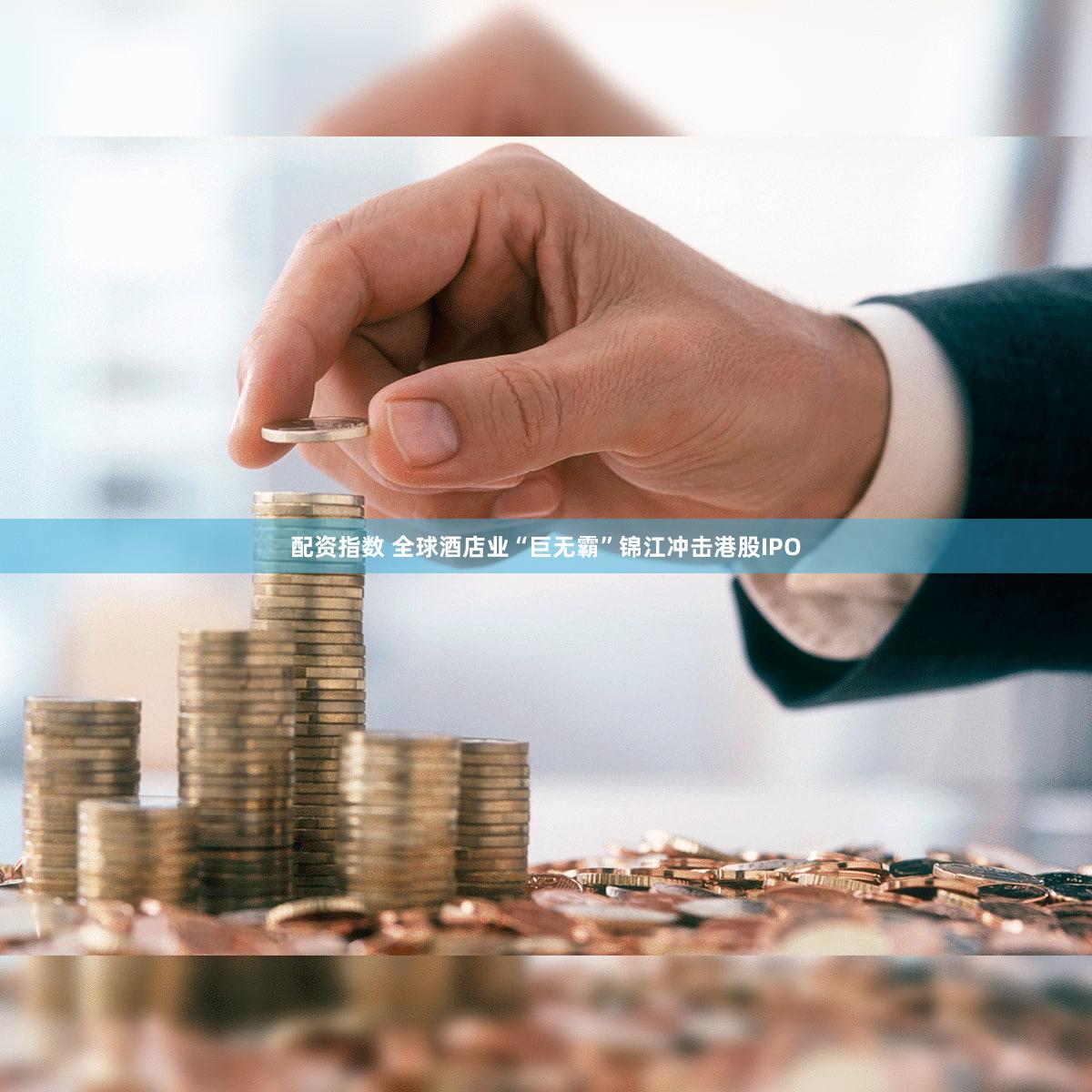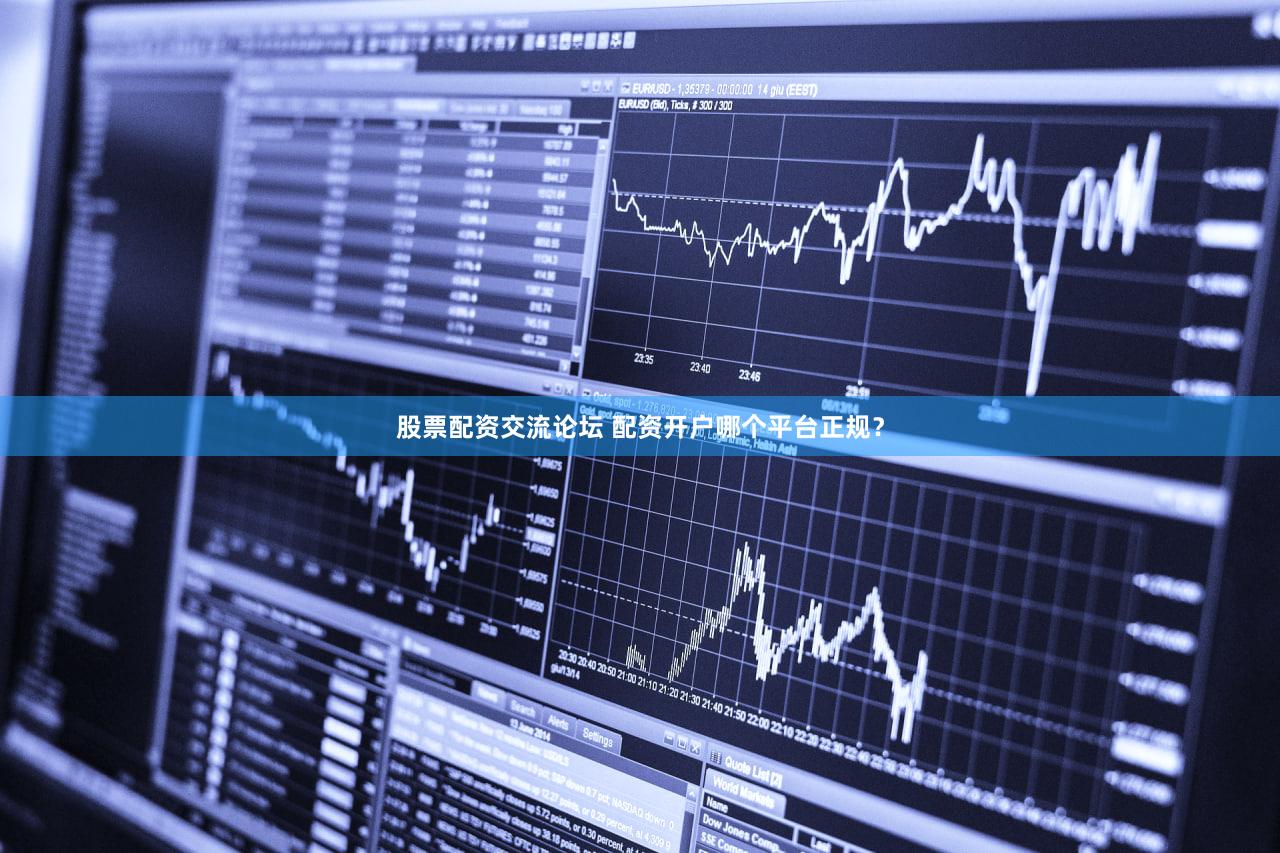
Leveraged Trading Platforms: Your Gateway to Amplified Returns (and Risks)
Meta description: Learn everything about leveraged trading platforms, including finding reputable brokers, understanding margin calls, managing risk, and exploring demo accounts. Discover how to navigate this complex but potentially lucrative financial landscape.
Introduction:
So, you're thinking about leveraging your trading capital? Want to amplify your potential profits, ride the market’s upswings like a seasoned pro, and maybe even retire early? Fantastic! But hold your horses, cowboy. Leveraged trading, while offering the tantalizing promise of exponential returns, is a double-edged sword. It’s a high-stakes game where fortunes can be made—and lost—with breathtaking speed. This isn’t some get-rich-quick scheme, folks; it requires discipline, a cool head, and a thorough understanding of the risks involved. This guide isn't about sugarcoating the reality of leveraged trading; it's about equipping you with the knowledge to make informed decisions and navigate this complex world successfully. We'll delve into the intricacies of leveraged trading platforms, uncover the secrets to responsible trading, and explore the critical question: Is a demo account available to practice before you dive in headfirst? Let's get started, shall we?
It's like this: imagine you're a chef with a small budget. You could buy a few ingredients and make a decent meal, or you could leverage your resources, borrow some extra cash from the bank (the broker, in this case), and create a culinary masterpiece with exotic spices and premium cuts of meat. The potential payoff is enormous, but if the dish fails, you’re stuck with a hefty bill. That's essentially what leveraged trading is all about. The potential for huge profits is real, undeniably tempting, and often the driving force behind traders' interest. However, the flip side—substantial losses—should never be underestimated or overlooked.
Leveraged Trading Platforms: A Deep Dive
Leveraged trading platforms, at their core, provide access to financial markets with amplified buying power. You borrow funds from your broker to increase your position size, effectively multiplying your potential gains (and losses). This is achieved through margin trading, where you only need to deposit a percentage of the total trade value (the margin) as collateral. For example, a 1:10 leverage means you can control $10,000 worth of assets with only $1,000 of your own money.
However, this magnification effect works both ways. A small market movement against your position can quickly wipe out your initial investment and even lead to a margin call. A margin call is when your broker demands you deposit more funds to cover potential losses, essentially asking you to "top up" your account to maintain your position. Failure to meet a margin call usually results in the forced liquidation of your positions—a painful experience, to say the least.
Choosing the right platform is paramount. Look for brokers regulated by reputable financial authorities (like the SEC in the US or the FCA in the UK). Consider factors like:
- Spreads and commissions: Lower costs translate to higher profitability.
- Leverage options: Choose a level of leverage that aligns with your risk tolerance and trading experience. Don't get seduced by the highest leverage available! Start low and gradually increase it as your confidence and knowledge grow.
- Trading platform features: A user-friendly interface and advanced charting tools are essential for successful trading.
- Customer support: Reliable and responsive customer service is crucial, especially during challenging times.
- Educational resources: Many reputable brokers offer educational materials, workshops, and webinars to help you learn the ropes. Take advantage of these resources!
| Feature | Important Considerations | |-----------------|------------------------------------------------------------| | Regulation | Check for licenses from reputable authorities. | | Leverage Levels | Start with low leverage and gradually increase it. | | Trading Tools | Advanced charting and analysis tools are a plus. | | Customer Support | Look for prompt and helpful customer service. | | Fees and Charges | Be aware of all fees, including spreads, commissions, etc. |
Risk Management: The Unsung Hero
This is arguably the most crucial aspect of leveraged trading. Without a robust risk management strategy, you're essentially playing roulette with your hard-earned money. Key elements include:
- Position sizing: Never risk more than a small percentage of your trading capital on any single trade. A common rule of thumb is to risk no more than 1-2%.
- Stop-loss orders: These automatically close your position when it hits a predetermined price, limiting your potential losses. They're your safety net. Always use them.
- Take-profit orders: These automatically close your position when it hits a predetermined price, securing your profits. 股票配资杠杆平台
- Diversification: Don't put all your eggs in one basket. Spread your investments across different assets to reduce risk.
So, About Those Demo Accounts…
配资官网平台提供模拟交易或试用账户吗? (Do leveraged trading platforms offer demo or practice accounts?)
Yes, many reputable leveraged trading platforms offer demo accounts. These are invaluable for practicing your trading strategies without risking real money. Consider them your virtual trading sandbox where you can experiment, learn from mistakes, and hone your skills before venturing into the live markets. It's like a test drive before buying a car – highly recommended! Think of it as a chance to get comfortable with the platform, learn the ropes, and test out different strategies in a risk-free environment. Use this opportunity to practice your risk management techniques, test the platform's features, and get a feel for the market's dynamics.
Frequently Asked Questions (FAQs)
-
What is leverage in trading? Leverage allows you to control a larger position than your capital would normally allow, magnifying both profits and losses.
-
What is a margin call? A margin call is a demand from your broker to deposit more funds to cover potential losses in your leveraged positions.
-
How can I choose a reputable leveraged trading platform? Look for platforms regulated by reputable financial authorities and with a proven track record.
-
What are the risks of leveraged trading? The main risk is the potential for substantial losses exceeding your initial investment due to market movements against your position.
-
Is it possible to make money with leveraged trading? Yes, but it requires skill, discipline, and a thorough understanding of the risks involved. Success is far from guaranteed.
-
How important is risk management in leveraged trading? Risk management is crucial. Without it, even small market fluctuations can lead to significant losses.
Conclusion:
Leveraged trading offers the potential for substantial profits, but it's a high-risk endeavor. Success requires a deep understanding of the markets, a well-defined trading strategy, and ironclad risk management. Never underestimate the potential for losses, and always start with a demo account to practice and hone your skills. Don't let the allure of quick riches cloud your judgment. Treat leveraged trading with the respect it deserves, and with careful planning and diligent execution, you can maximize your chances of success. Remember, knowledge is your greatest asset in this game!
文章为作者独立观点,不代表财盛证券观点






